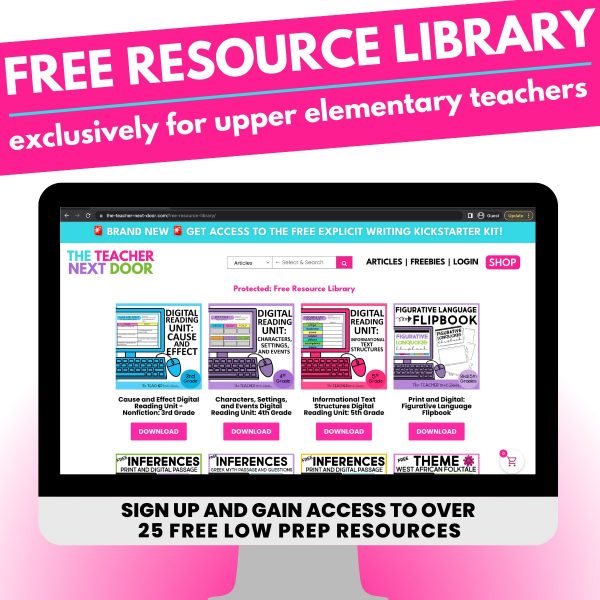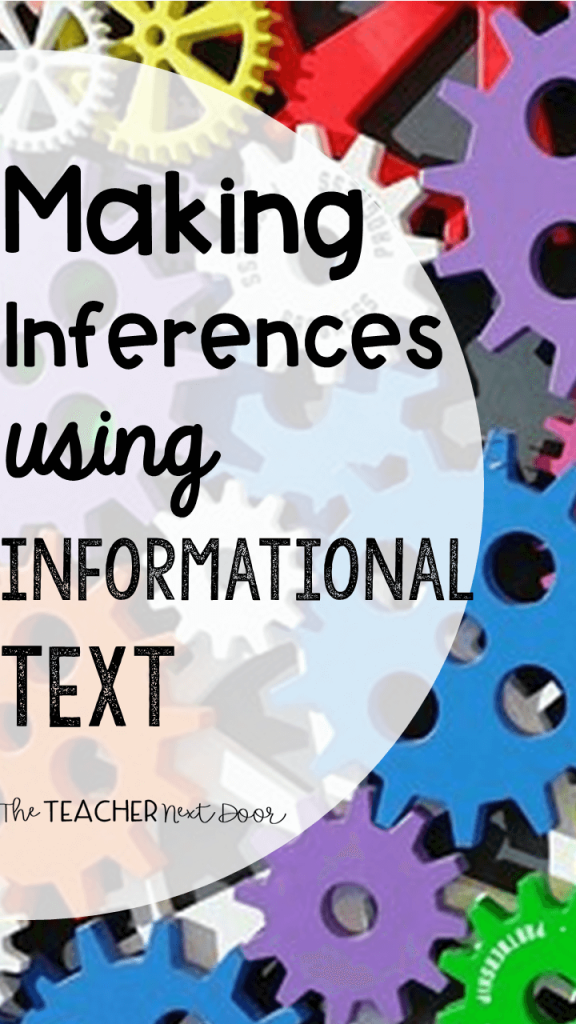
Last week in reading in my fourth and fifth grade class, we started to focus on the very important foundational skill of making inferences.
This is one of the key standards in reading for Informational Text as well as for Literature. We’re starting on Informational Text and then we’ll move on to Literature, although either way would work equally well.
So, what exactly do you do to help kids learn to make inferences?
I think any time you can connect learning to kid’s lives and show them how they are actually already using this skill but now we’re going to transfer it to reading and extend it, you’re on the right path…that and of course making the learning fun, which is always a “must” in my mind.
For example, I share with my students that we make inferences in real life ALL the time. Like when we see little brother’s chocolaty face, it probably means he’s been eating some warm chocolate chip cookies.
Then we talk about how making inferences in reading is like a recipe! We read clues from the text and add our background knowledge (everything we know about) to make a good guess or a prediction.⠀
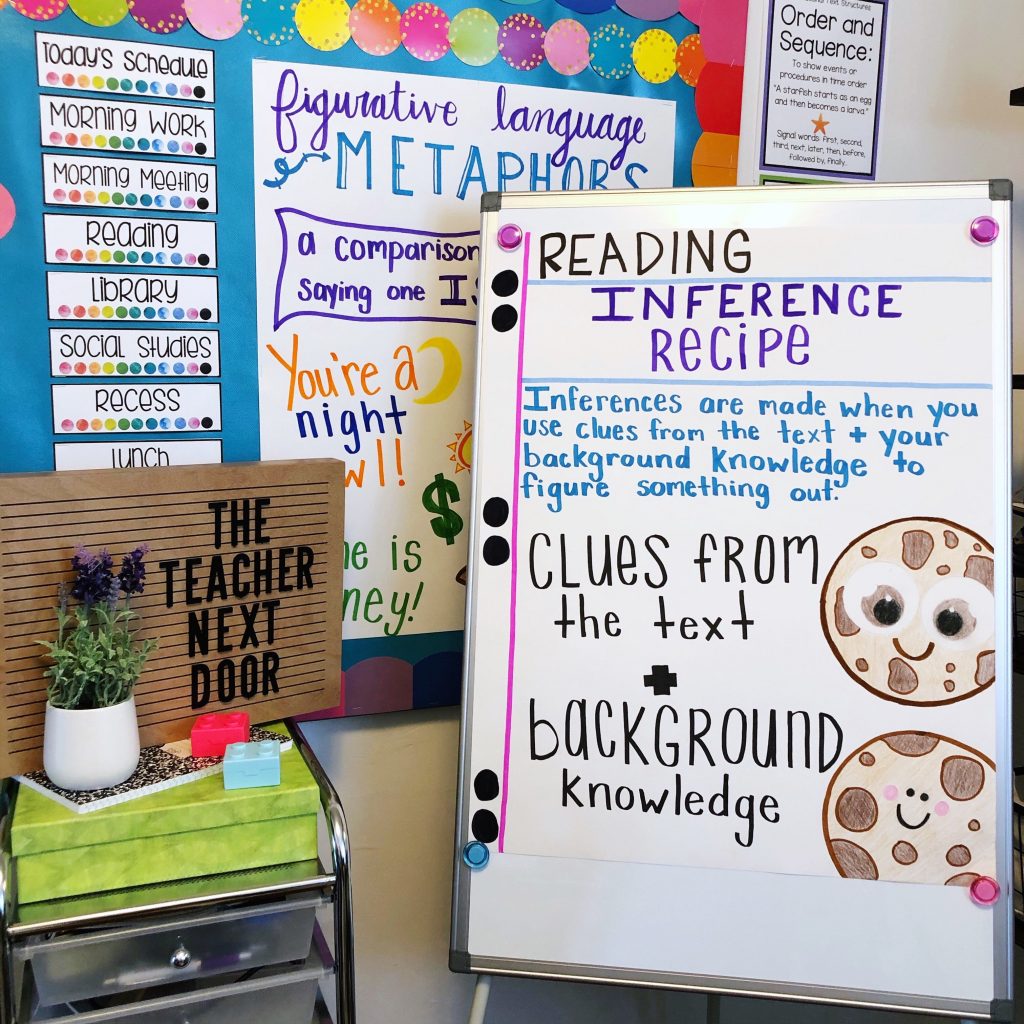
1. Connect Inferences to Real Life Examples
So, we began by talking about how you make inferences every day. For example, when you see your Mom’s face frown, you might infer she’s in a grumpy mood. If you saved some chocolate chip cookies and noticed the plate was empty and your brother had chocolate crumbs on his shirt, you might infer that he ate them (I can’t lie, this has happened to me before!).
These real-life scenarios keep inferencing genuine, a skill that kids might actually use in their real life. Imagine that!
2. Picture Task Cards
After discussing inferencing, we used picture task cards with a number of different people and animals and had the kids infer what was going on in the situation.
Then we did “What is it?” task cards which have old fashioned/little known items and gives the kid’s a clue so they can infer what the item is…Hmmm…I think I saw my old typewriter from high school on one of the task cards. 🙂
Pictures are a great way to bridge the skill of inferencing from real life to the text. Much easier without those pesky words in the way.
3. Inference Riddles
Next, we moved on to inference riddles, which is where I gave the kids several clues and then had them infer what was happening.
For example… There is a partly eaten cake covered with foil on the counter. A helium balloon is losing air and drifting near the ground. There is wrapping paper in the trash… The kids inferred that someone had recently had a birthday! Bingo!!!
4. What’s in Miss Larson’s Purse Activity
After riddles, we did something unthinkable!
The kids were asked to infer what items were in my purse. Ok, I’ll admit that I did a bit of cleaning the morning of, but I left most of the “stuff” in, just no receipts or personal items.
So, after the kids listed their inferences on the handout, and why they inferred that I might have that item, I pulled out each thing (sunglasses, lipstick, wallet, gum…) and they confirmed the item (or not) and told me why they had made each inference.
You should’ve seen their faces! They really loved doing this activity.
5. Mystery Homework
Homework this week involved inferences too. They were given a handout with directions to put a small mystery object in a brown lunch sack, to tell no one (ooooh, so hard for nine and ten year olds) and to write four difficult but not impossible clues for the items.
Tomorrow the kids will bring these items to school to share out. They thought this type of homework sounded like fun!
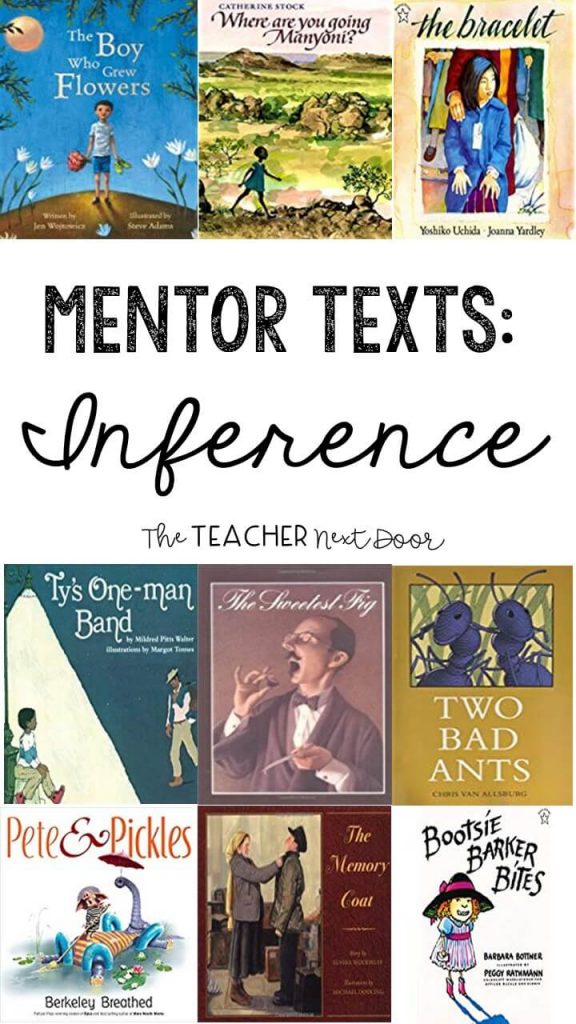
6. Using Mentor Texts
Using mentor texts, whether it is for informational text or for literature is always a beneficial thing to do. Modeling specific sections and showing our thinking out loud, really helps kids understand the whole process. Want MORE mentor texts for inferences? Here’s another post you might enjoy: Mentor Texts for Teaching Inferences
7. Partner and Independent Work
In addition to these activities, we also reinforced the skill of making inferences by reading text handouts together, in pairs, and independently to make sure we had a firm handle on the skill.
Now, after just a few weeks of practice, I am noticing a difference. Like tiny seeds that are planted, I can see them growing! 🙂
Need a complete time-saving inference bundle with two sets of task cards, activities, and worksheets for centers or independent work time? I have created a bundle for 3rd grade, as well as a bundle for 4th/5th grade! Both include print AND digital (for Google Classroom and other top educational platforms).
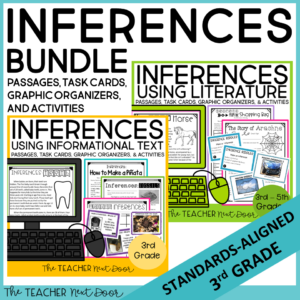
4th and 5th Grade Inference Bundle
I love using these print and digital inference reading games for whole class game times or for reading centers:
4th/5th Grade Making Inferences Puzzle Game
4th/5th Making Inference Using Pictures Game
Want some more paperless reading activities? These reading units can be completed using Google Slides or PowerPoint, They’re interactive, fun for students, but target standards!
4th Grade Making Inference Unit – Fiction
4th Grade Making Inferences – Nonfiction
5th Grade Making Inferences – Fiction
5th Grade Making Inference Unit – Nonfiction
What’s your favorite inference activity? Please comment below to share some of your ideas with us!
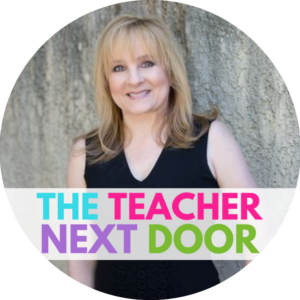
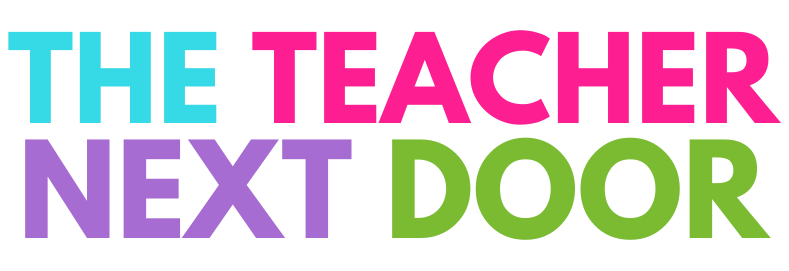
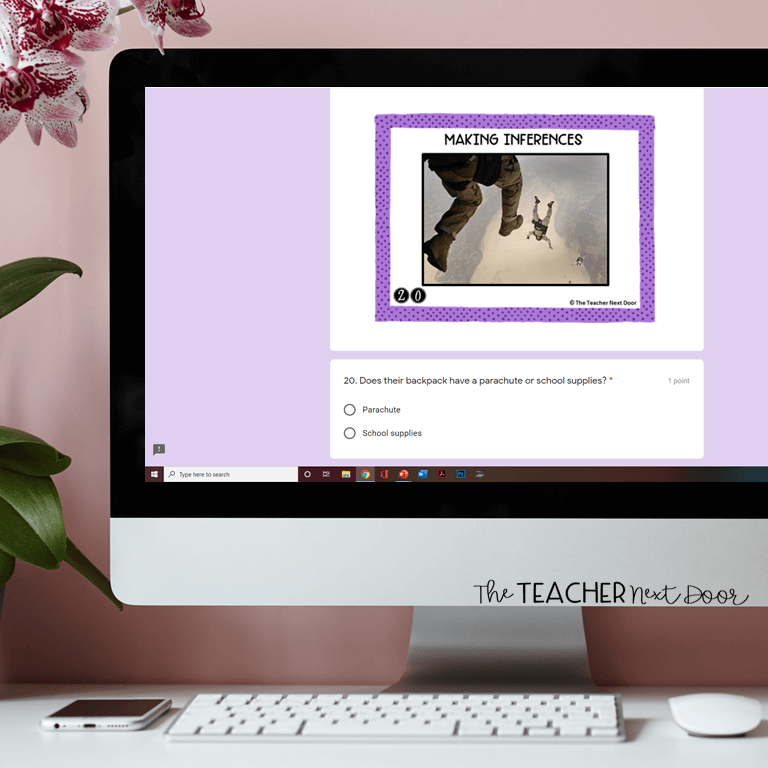
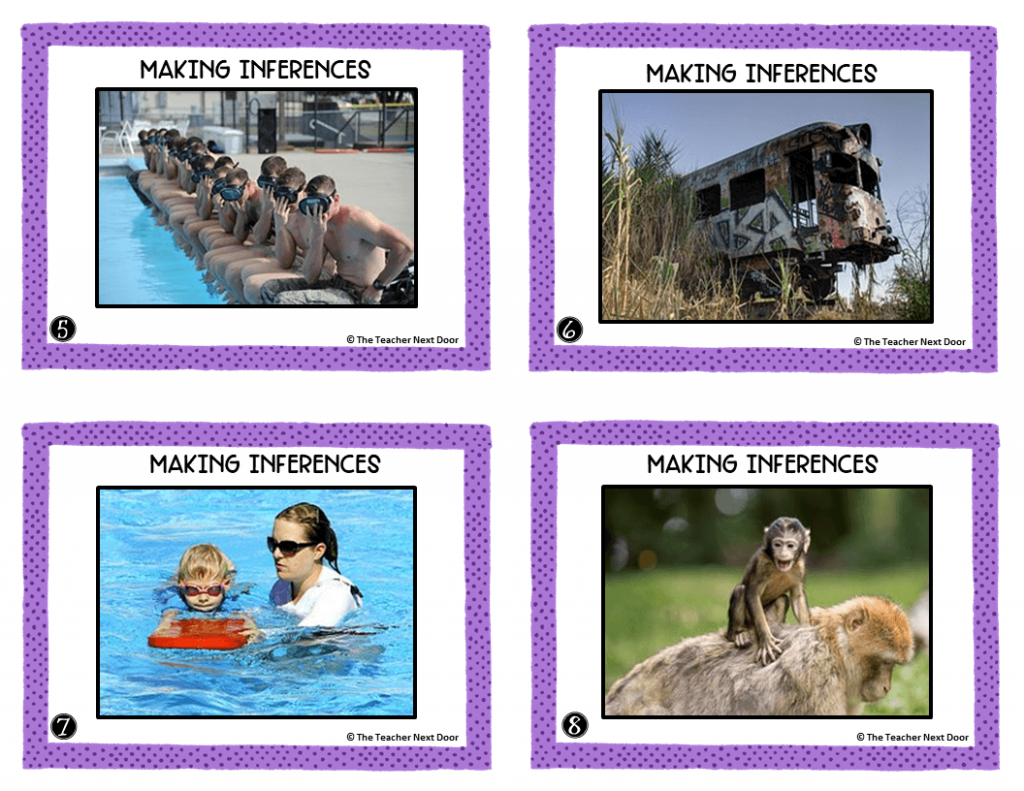
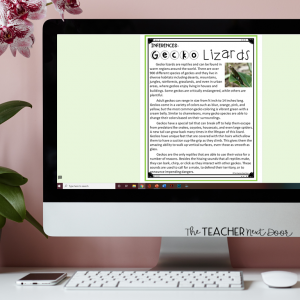
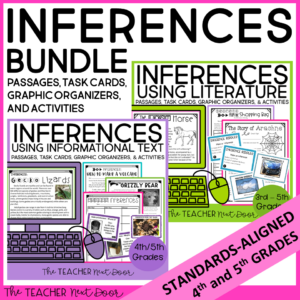
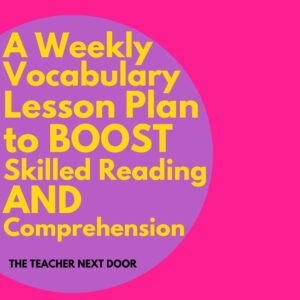
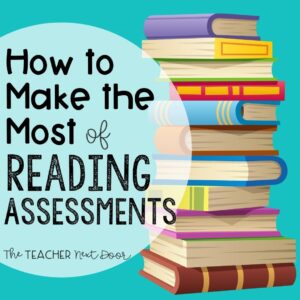
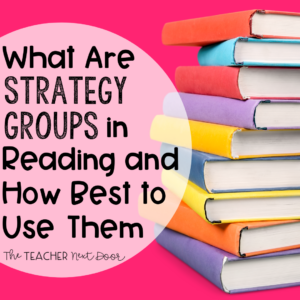
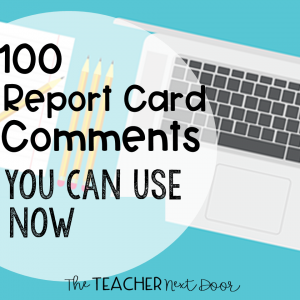
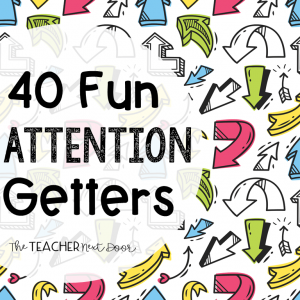
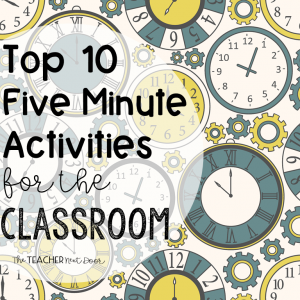


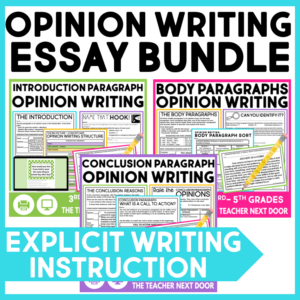

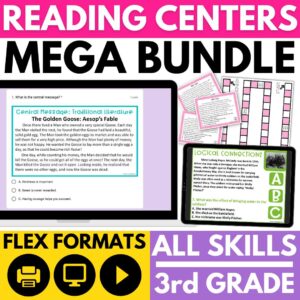
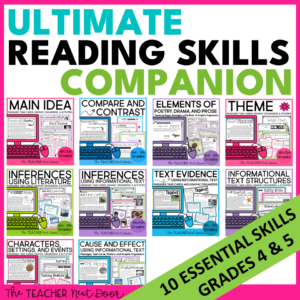
![DAY THREE DROPS! ⬇️⬇️⬇️
👉 Today, you can…
✔️ Grab done-for-you resources to keep your students engaged for $3
✔️ Grab FREE instant download activities!
✔️ Grab all of this week’s deals if you missed any!
ALL 5 of these comprehensive resources from my shop are $3 today to help fight spring fever in your classroom! 🌸🌼🌷
✏️ [BRAND NEW] Step-By-Step Personal Narrative Unit
✏️ Paired Texts Fiction to Nonfiction for Spring
✏️ 4th Grade Morphology & Vocabulary Unit
✏️ Main Idea Unit for 4th & 5th Grades
✏️ Figurative Language Complete Unit for Busy Teachers
Want the link to all the deals and freebies? Comment APRIL PARTY and we’ll send it directly to your DMs! 📫💌
PS - Don’t forget that you can still access all the Day 1 and Day 2 Deals too! 🩷](https://the-teacher-next-door.com/wp-content/plugins/instagram-feed/img/placeholder.png)

